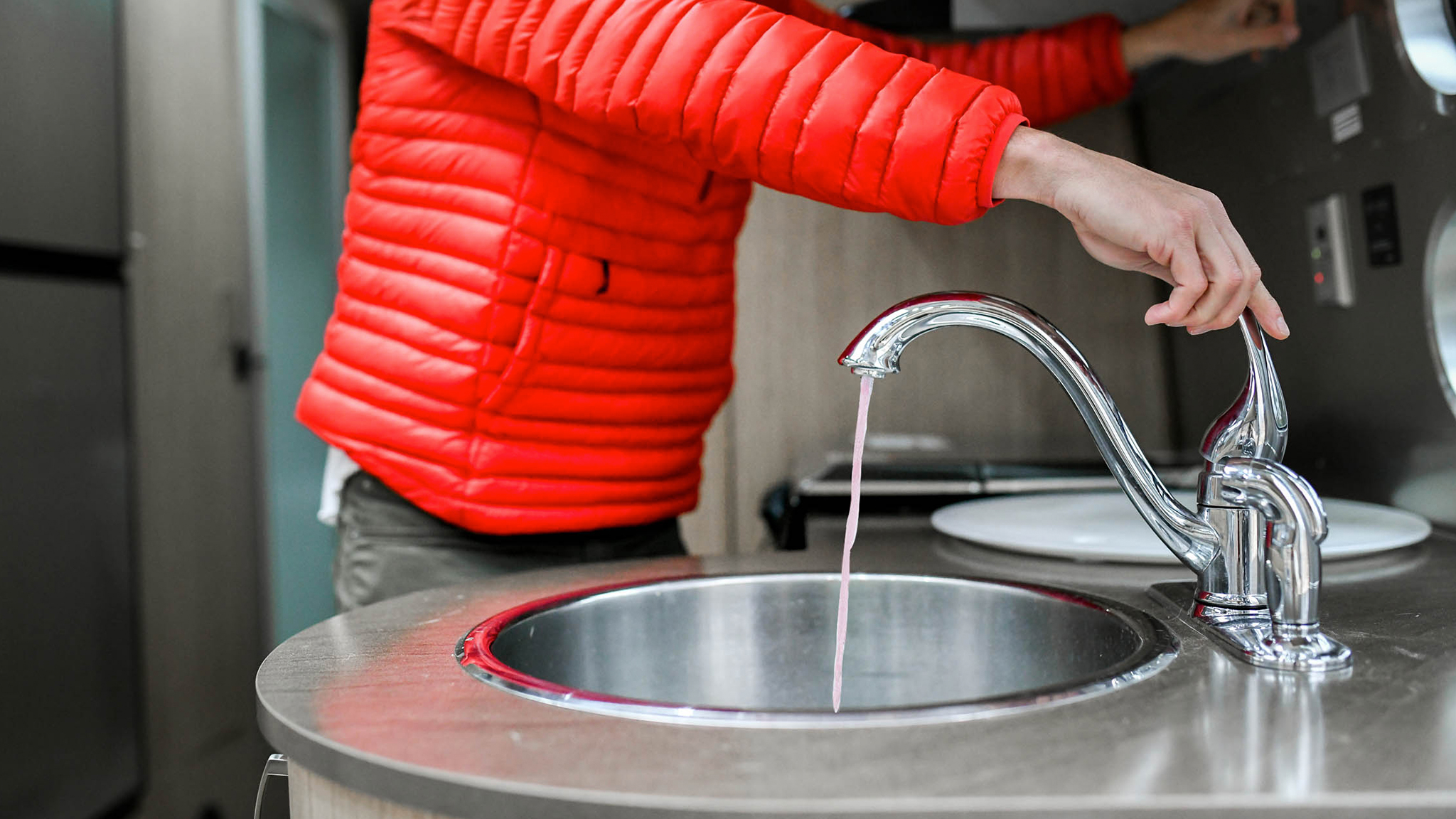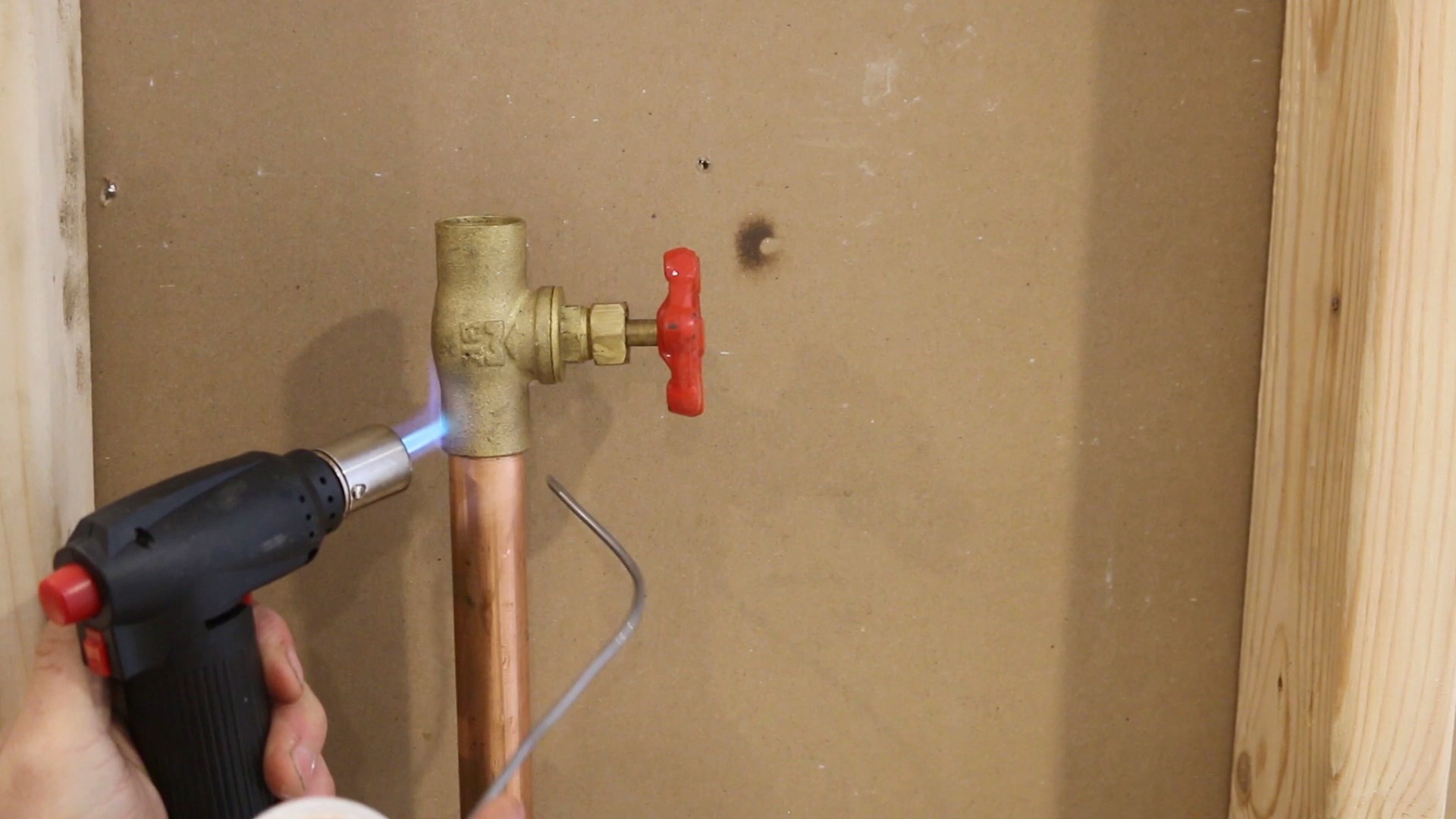Tips to Protect Your Pipes From Bursting in Frigid Weather: Top 5 Winter Hacks
Tips to Protect Your Pipes From Bursting in Frigid Weather: Top 5 Winter Hacks
Blog Article
They are making several good observations on the subject of Winterizing Your Pipes overall in the article followed below.

All property owners who live in temperate climates must do their best to winterize their pipes. Failing to do so can lead to calamity like frozen, cracked, or ruptured pipelines.
Switch on the Faucets
When the temperature decreases and also it appears as if the frigid temperature will last, it will aid to turn on your water both indoors as well as outdoors. This will maintain the water moving through your plumbing systems. You'll end up throwing away gallons of water this means.
Open Closet Doors Hiding Plumbing
When it's cold outside, it would certainly be handy to open cupboard doors that are camouflaging your pipelines. They can be someplace in your kitchen area or bathroom. This will certainly enable the warm air from your heater to flow there. Because of this, you prevent these subjected pipes from cold. Doing this small technique can keep your pipes cozy and also limit the potentially hazardous outcomes of freezing temperatures.
Require Time to Cover Exposed Pipes
One cool and also very easy hack to heat up icy pipes is to wrap them with warm towels. You can cover them first with towels. After securing them in position, you can put boiling water on the towels. Do it slowly to let the towels absorb the fluid. You can additionally utilize pre-soaked towels in hot water, just do not fail to remember to put on protective handwear covers to protect your hands from the warmth.
Try a Hair Dryer or Warmth Weapon
When your pipelines are almost freezing, your reliable hair clothes dryer or heat gun is a blessing. Bowling warm air directly right into them might help if the hot towels do not assist displace any kind of working out ice in your pipes. However, do not use other things that create direct flames like an impact lantern. This can lead to a bigger catastrophe that you can not control. You might wind up damaging your pipes while attempting to melt the ice. And in the long run, you might also wind up burning your residence. So be cautious!
Shut down Water When Pipelines are Frozen
Shut off the primary water valve promptly if you observe that your pipelines are completely frozen or virtually nearing that stage. You will generally locate this in your cellar or laundry room near the heating system or the front wall surface closest to the street. Transform it off right away to avoid additional damage.
Don't fail to remember to shut external water sources, too, such as your connection for the garden residence. Doing this will avoid extra water from filling up your plumbing system. With even more water, more ice will pile up, which will ultimately lead to break pipes. It is best to call a specialist plumber for an inspection if you are uncertain regarding the state of your pipelines this wintertime. Taking this aggressive method can conserve you countless bucks in repairs.
All home owners that live in pleasant environments must do their best to winterize their pipes. Failure to do so can mean disaster like frozen, split, or ruptured pipelines. If the hot towels do not assist displace any settling ice in your pipes, bowling hot air directly into them may help. Turn off the primary water shutoff immediately if you see that your pipelines are entirely frozen or nearly nearing that phase. With even more water, more ice will certainly stack up, which will at some point lead to burst pipes.
PREVENT YOUR PIPES FROM FREEZING THIS WINTER
A Leading Cause of Property Damage
When the weather is taking a deep nose dive into the cold dreary days, the risk of your pipes freezing and potentially bursting skyrockets. Unfortunately, during these cold dreary months, burst pipes are the most common denominator for property damage. The pipes that are most at the risk are those that are in areas where it is most cold in your home. For instance, pipes located in interior places such as basements, attics, and your garage. Unfortunately, that doesn’t mean that the pipes running through your cabinets or exterior walls can’t freeze. Good news, however, is that you can do things to help prevent pipes from freezing.
How to Prevent Pipes From Freezing
Once the temperature starts to drop during the winter, you should be taking the proper measures needed to ensure that your pipes stay warm and that there is circulation of water through them. Some steps that experts may recommend could go against your better judgement when it comes to saving water and heat. However, it would go without saying that when expenses are compared, damaged pipes could put a bigger dent in your wallet than a water bill.
What Can I Do?
Keep your garage door closed. This is very important, especially if you have water supply lines running through your garage. Open your kitchen and bathroom cabinets to allow warm air to circulate through them. Allow air circulation throughout your home. Keeping the interior doors open will once again allow the warm air to circulate inside your home. Ensure your thermostat is running the same temperature throughout the night and day. If you plan to be away from home during the cold months, set your temperature no lower than 55° F. This should provide enough heat to keep the pipes warm and prevent any remaining water inside the pipes from freezing. For more of a long-term solution, add insulation to attics, basement, and other crawl spaces around your home. By allowing your faucet to drip, it will alleviate pressure in the system. This is important because the pressure that is created between the blockage and the faucet can potentially cause the pipes to burst. Allowing the faucet to drip will prevent the pressure from building up, therefore keeping the pipes from bursting. Seal any cracks, openings, and crawl spaces around your home to prevent cold air from coming inside. This keeps your pipes-not to mention your home-warmer and less susceptible to issues caused by freezing temperatures. For the pipes in your home that are easily accessible, applying electrical tape to them might prevent them from freezing over. This is a quick fix, as you can apply the tape directly to the pipe. There are two options for heating tapes. One turns on and off by itself when it senses heat is needed. The other type of heating tape needs to be applied when heat is needed and removed when not necessary. If you have exposed pipes in your home, you can check this website to take a look at a few options that would be available at a shop near you.

As a passionate reader on How to stop pipes from freezing during the winter, I was thinking sharing that excerpt was a good idea. Liked our blog posting? Please share it. Let others check it out. Thanks a bunch for your time. Kindly come by our site back soon.
Booking Report this page